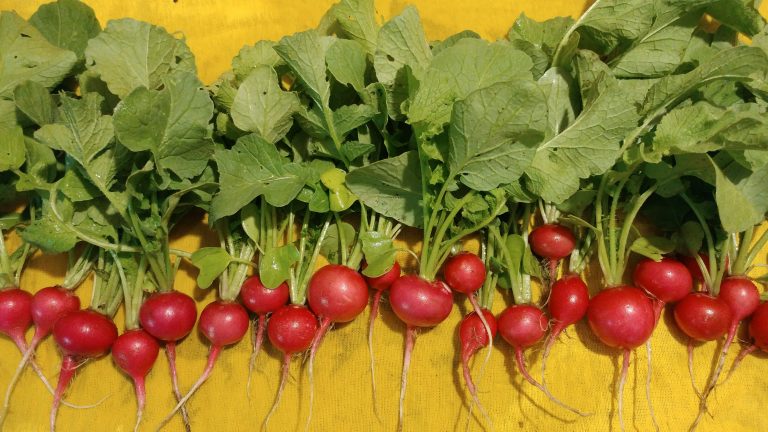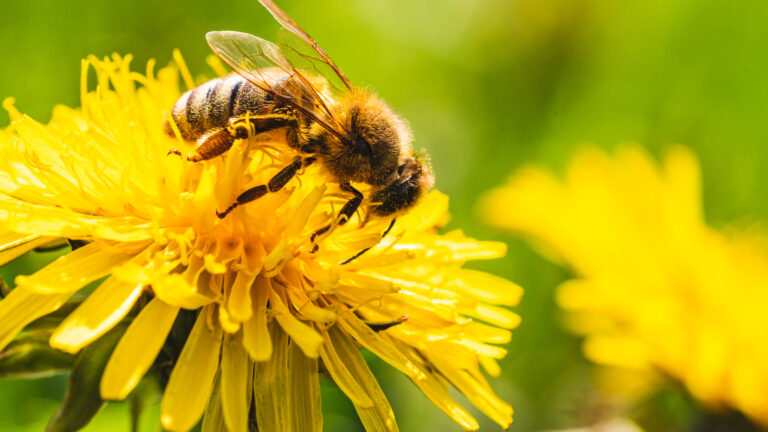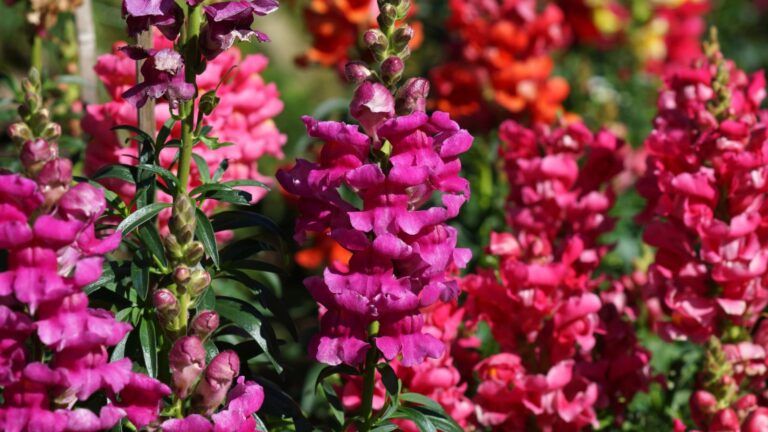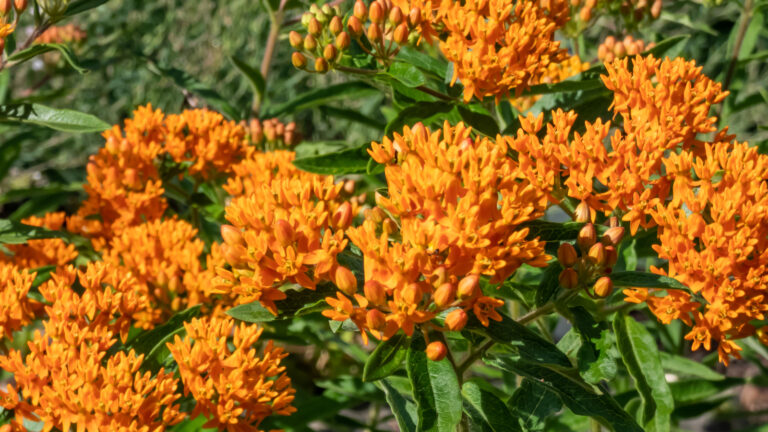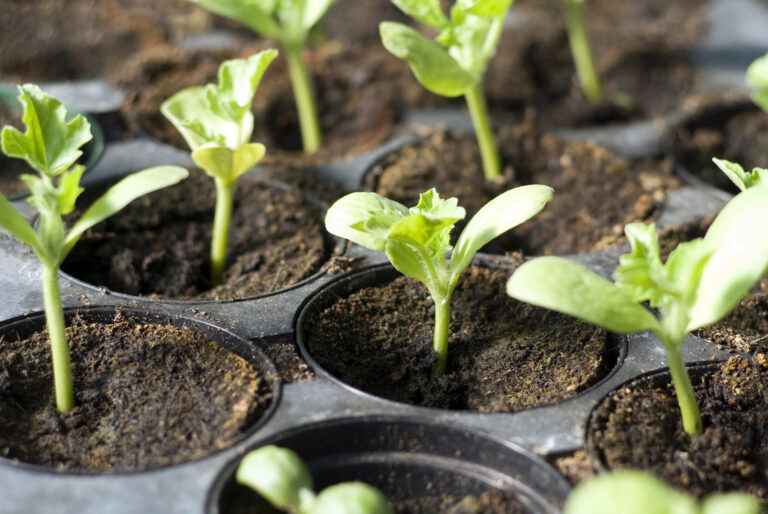This post may contain affiliate links.
To create a thriving vegetable garden, it’s important that your soil has enough nitrogen. Nitrogen is a key ingredient that supports plant growth and health. A deficiency in nitrogen can significantly hinder plant development.
Nitrogen assists in the production of proteins necessary for the growth of plant cells. It also contributes to the production of chlorophyll, which gives leaves their vibrant green color and aids in absorbing other essential nutrients like phosphorus and potassium. This, in turn, enhances the plant’s ability to produce flowers and fruit, leading to more abundant harvests.
While it’s possible to boost nitrogen levels using commercial fertilizers, there are also natural strategies to enrich your soil with nitrogen. Here are the ways to increase the nitrogen in your garden naturally.
Add Organic Matter Like Compost

Compost, or composted manure, will release nitrogen into the soil as the materials decompose. A high-quality organic compost from a garden center is a good choice, or you can make your own compost throughout the year at home with food and kitchen scraps.
Compost should be added by spreading a layer on top of the soil and then tilling it in. You can also work it into the top few inches of the soil with a shovel or rake.
Blood Meal

A quick way to add nitrogen to your soil is by using a blood meal, which is dried, powdered animal blood from butcheries. It’s packed with nitrogen and can boost your plants when sprinkled around them and watered. However, be aware that it might attract animals to your garden.
Grow Nitrogen-Rich Cover Crops

You can also grow cover crops, such as alfalfa or clover, in your garden to increase nitrogen levels naturally. Cover crops are plants that are grown specifically to improve the quality of the soil. They are often used in agricultural fields but also home gardens.
After a cover crop has been allowed to grow for a few months, it is then chopped and turned into the soil, where it decomposes and releases nitrogen. This is a great choice between seasons.
Grow Nitrogen-Fixing Crops

Another way to increase nitrogen in your garden is to plant nitrogen-fixing plants that have a symbiotic relationship with bacteria in the soil. The bacteria live on the plants’ roots and convert nitrogen gas into a form of nitrogen that plants can use. Some examples of nitrogen-fixing plants include legumes, such as peas and beans.
Legumes merge with nitrogen-fixing bacteria in the soil. This partnership benefits your garden by enriching the soil with nitrogen, making it better for growing other crops.
Spread Grass Clippings
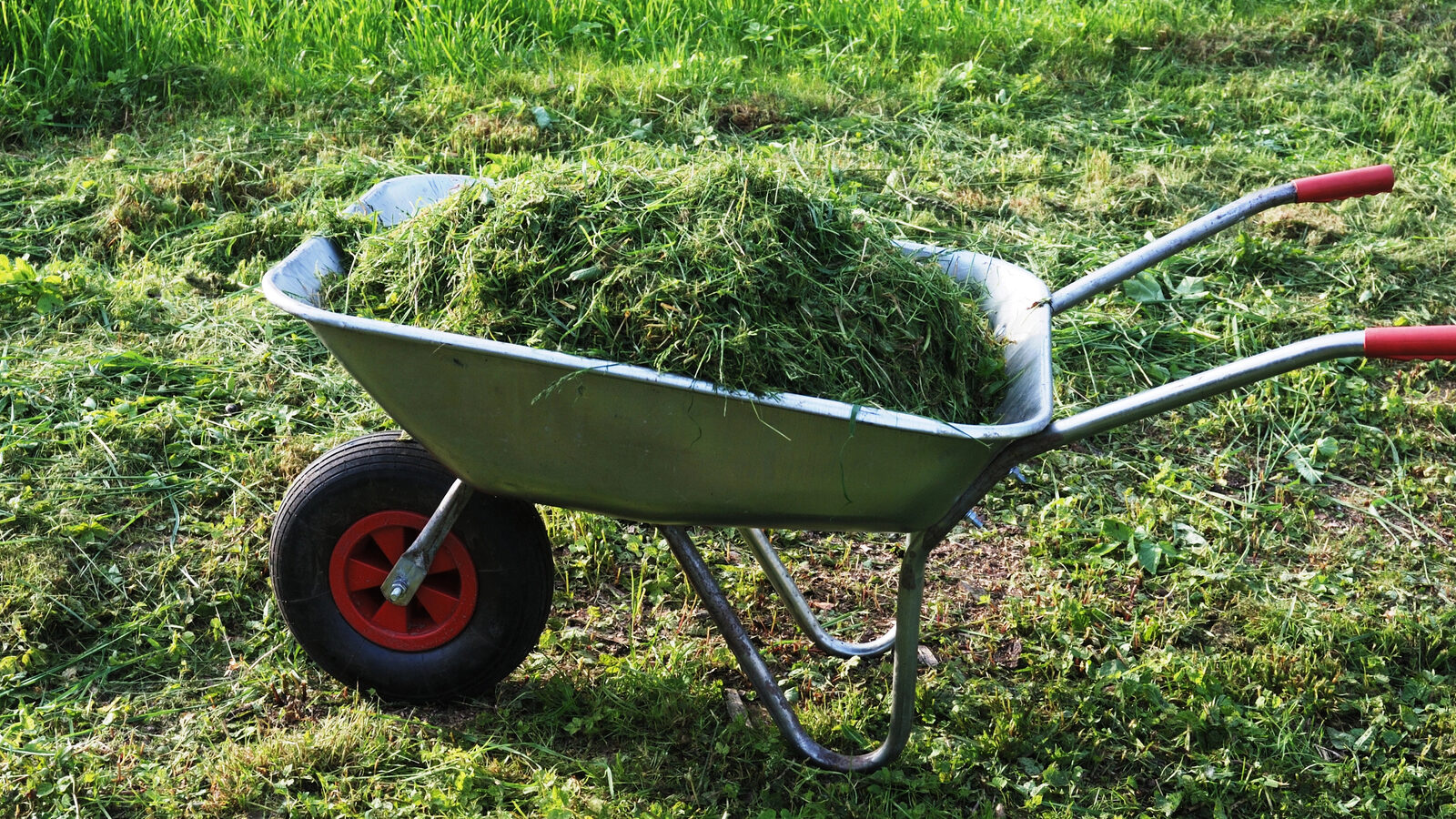
Grass clippings from your lawn are an excellent nitrogen source if not treated with chemicals. As a bonus, grass clippings can serve as mulch early in the season when spread over the surface of the garden between plants. The nitrogen will leech as the grass decomposes.
Composted Manure
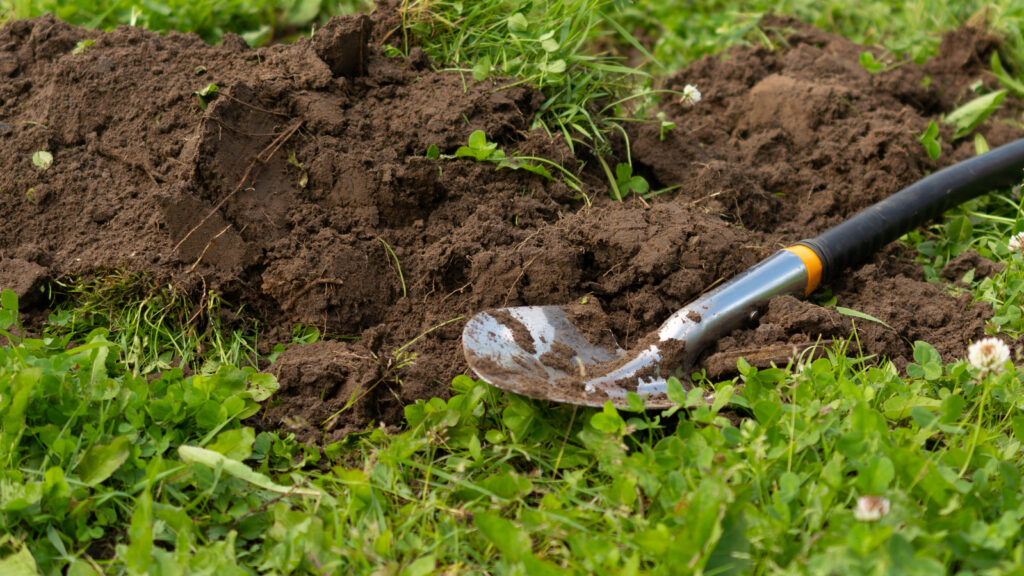
You can use composted manure if you’re a homesteader, farmer, or someone with animals on your property. This nutrient-rich material is derived from your animals. While various types of manure exist, chicken manure boasts the highest nitrogen content, followed by horse and cow manure.
To ensure its effectiveness and safety for your garden, fresh manure should be composted or left to rot for at least six months to a year before application. If obtaining fresh manure isn’t feasible, you can conveniently purchase aged manure in bags from a garden center.
Fish Emulsion

Adding fish emulsion can help with increasing nitrogen. This product is a nitrogen-rich natural fertilizer that also contains other beneficial nutrients. Fair warning: it may have a pretty potent, unpleasant smell.
Feather Meal

This is made from ground-up poultry feathers and is another slow-release nitrogen source. Apply it around your plants to gradually enrich the soil.
Old Coffee Grounds
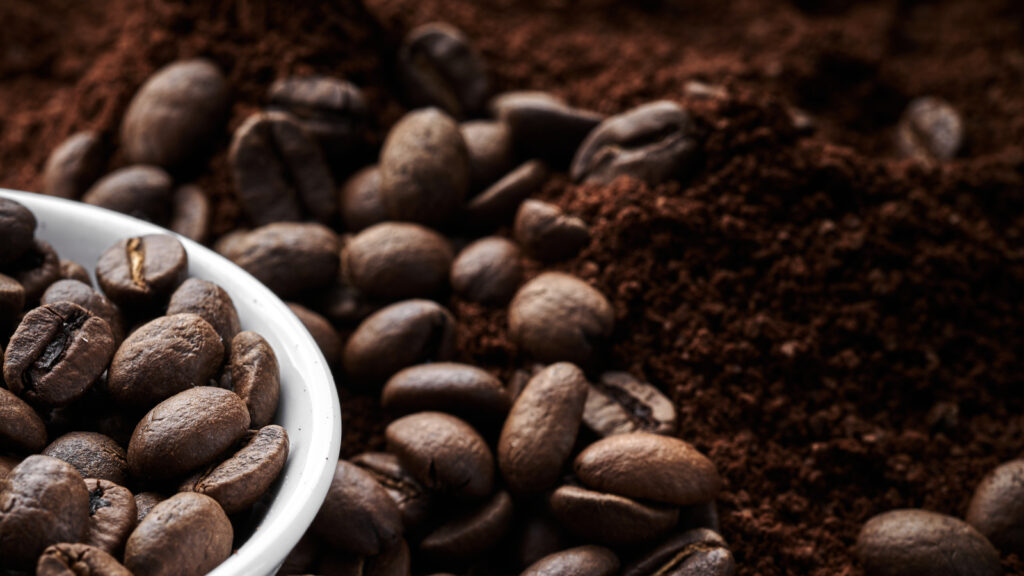
Mixing used Coffee Grounds into your soil is a great way to add nitrogen. Coffee Grounds decompose gradually and create space for aeration in the garden. This is especially great if you drink coffee regularly. This is a great way to repurpose used coffee grounds.
Wood Ash

Wood ash increases soil alkalinity, benefiting acidic soils. Always cool the ash before use and test your soil first.
Clever Ways to Reuse Sawdust From Your Recent DIY Project
Plants to Grow Now for a Mosquito-Free Summer

Here are some of the best plants that you can grow in your yard to help keep the mosquitoes at bay.
12 Plants to Grow Now for a Mosquito-Free Summer
12 Delicious Herb Plants to Grow in Water
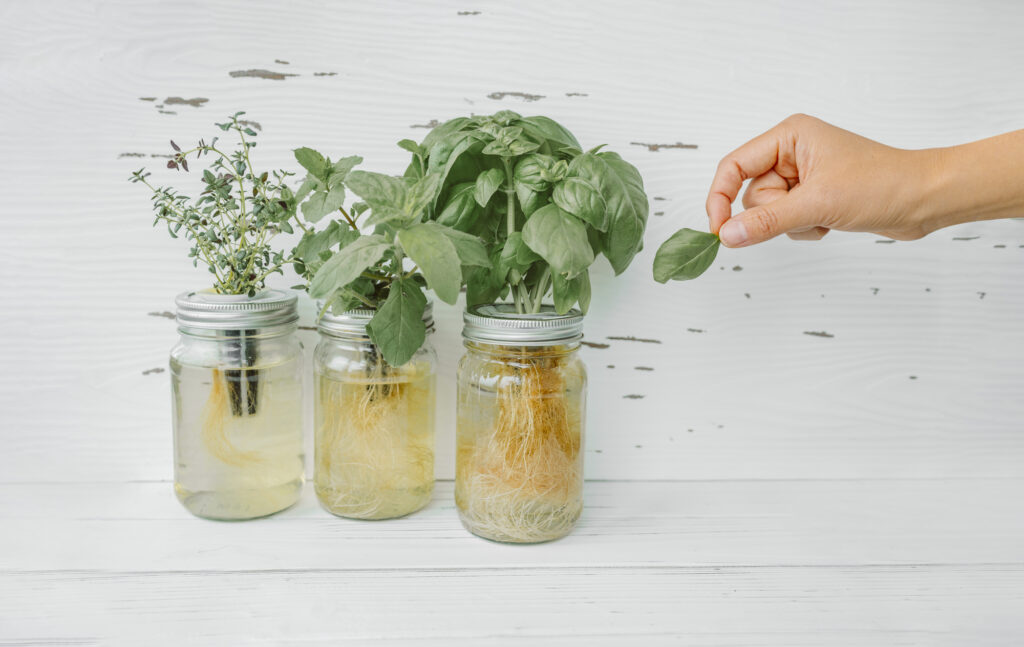
Instead of constantly buying fresh herbs from the store or waiting for seeds to sprout, you can easily grow your favorite herbs at home using only water. Here’s a list of 12 herb plants you can start growing today in just water.
12 Herb Plants to Grow in Water
How to Outsmart Gnats to Keep Them Away From Your Houseplants
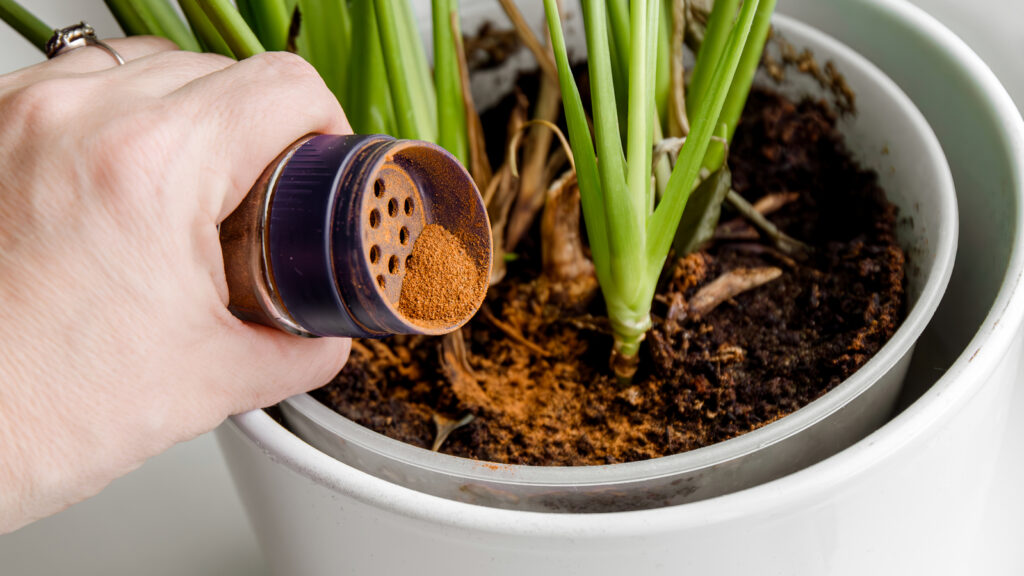
Gnats are more than just a minor annoyance; these tiny pests buzz around with a persistence that’s hard to ignore. Here are ten effective ways to keep gnats away from your house plants.
How to Outsmart Gnats to Keep Them Away From Your Houseplants
